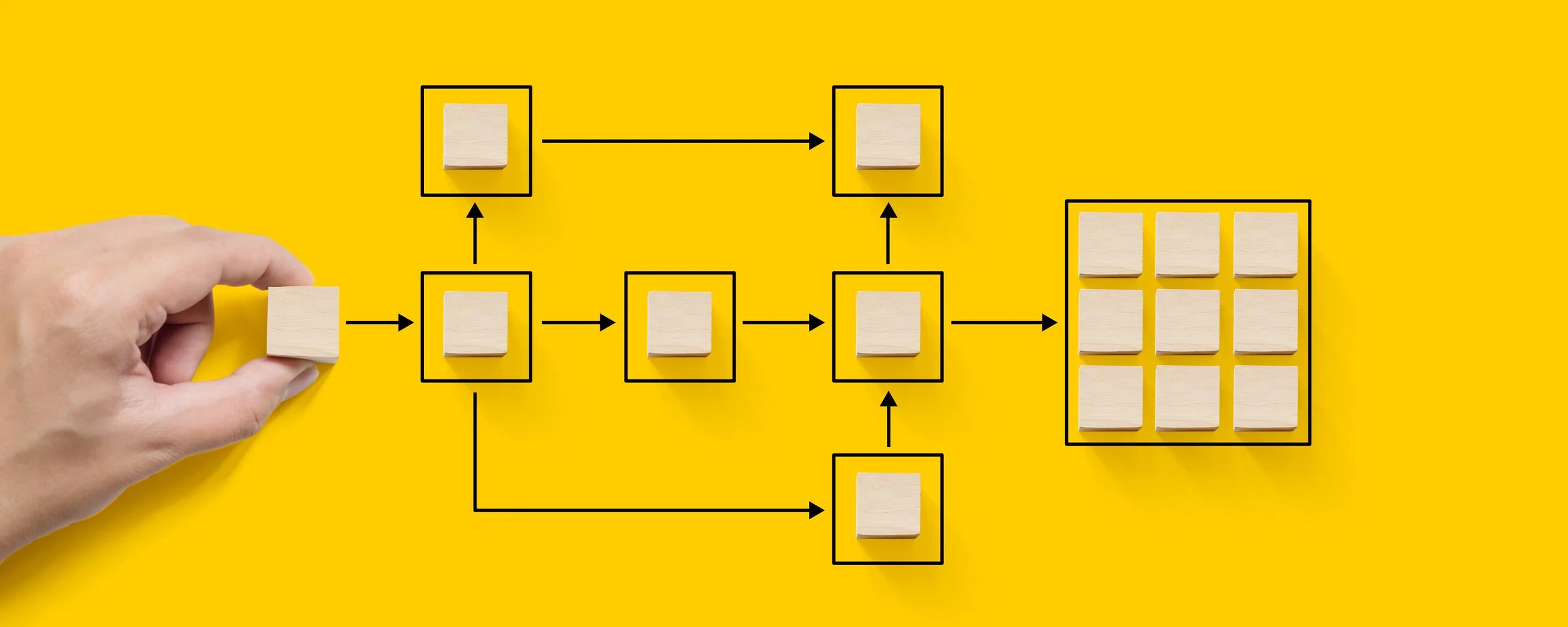There is no doubt about the complexity of the world today - people, places, and things are hyper-connected together in a way that creates a world that is always in motion and constantly changing. The velocity of this change is staggering and shows no sign of slowing anytime in the future.
The shifting realities of the politics of the world, the potential for significant climate change, a global pandemic, the impact of technology, and many other factors are combining to create an unpredictable future, described by what futurist Gerd Leonard calls VUCA: Volatility, Uncertainty, Complexity, and Ambiguity (1). So, it’s easy to think of the world today as a system always in beta, where tomorrow and the following day, the following month, or year -even beyond - present an unpredictable future that must be negotiated and made sense of.
At the same time, education traditionally values a different world, one based on predictability and stability.
Most public high schools have enrollment projections for years - they know how many students they will have in school for the next decade. There is a curriculum that is taught every year, with occasional revisions but generally, it's fairly consistent. Schools organize students by their age and their ability within those age groups. There are hierarchies in all schools: superintendents, principals or heads, administrators, teachers, support people, and so on. There is the daily bell schedule. And, daily lessons are organized neatly into units, units into courses, courses into departments, departments into schools, and so on.
There is an expectation by the school’s community that school is based on these things. It’s school after all and we know what that looks like.
Education, like any system, has its order, its rules, and its structure so that sense can be made of the disorder it operates within. Everything I mentioned above contributes to the strategies that schools currently employ to create a safe and predictable learning environment for children and young adults. That’s a good thing, right? Of course.
But it is this same need for the predictability that creates inertia and produces constraints that inhibit productive growth and change. The deeply rooted culture of education and of schools that is driven by the need for predictability presents challenges to any school system that is seeking a new experience for their school. The very structures that have been put into place to make schools work and make sense of unpredictability are the very things that prevent schools from changing. If you have ever tried to change a school’s schedule from a Carnegie bell schedule to an A/B block schedule, you know what I mean.
“Exploit the liberty in casting your work as beautiful experiments, iterations, attempts, trials, and errors.”
In my opinion, being able to advance the educational experience that a school provides demands an acceptance of some level of unpredictability. That’s uncomfortable, especially when working with children and young adults. But it's necessary if there is an expectation that schools will adapt to meet the needs of students. I’m certainly not talking about industrial-grade pandemic unpredictability, but I think an environment that accepts and values experimentation, prototyping, iteration and not necessarily getting it right the first time (or second…) is necessary.
To do that, and to employ unpredictability to your advantage, requires a strategic process. Processes exist to manage, leverage, and make sense of unpredictability. At the same time, it is essential that the process not create conditions that completely structure unpredictability - and in response create more predictability. Processes that are capable of managing unpredictability yet encourage people to think and act unconventionally have a high value when seeking growth and improvement.
I think the answer to the strategic process question is design. Here’s why:
The value of a design approach is that the first part of the process seeks to understand the past and the present - the context in which the system has itself created and then operated within. The design process then uses that as a useful foundation from which to vision a new future.
My approach? Start and honor the foundation of the school as an organization and then identify the people, the opportunities, and the pathways for advancing the school experience. Use the design process to understand that landscape and then continue applying the process to create the conditions that favor organizational improvement and growth.
After two years of the pandemic, predictability is probably a good thing. It’s not unusual or unexpected to have the desire to return to the known and comfortable. But moving forward, and facing the need to prepare students for a different world, schools face a future that will demand more than that.
(1) "2017: goodbye to replication, hello to originality. Efficiency is for robots.." 26 Jan. 2017, https://medium.com/@gleonhard/2017-goodbye-to-replication-hello-to-originality-efficiency-is-for-robots-17516bb21c44. Accessed 29 Nov 2022.

